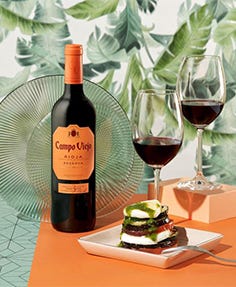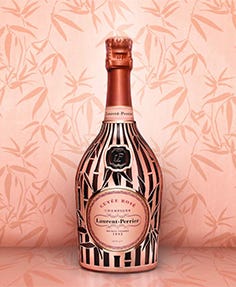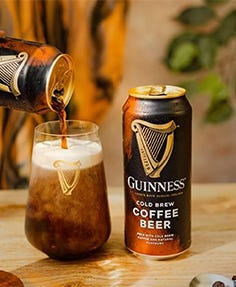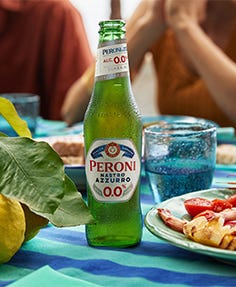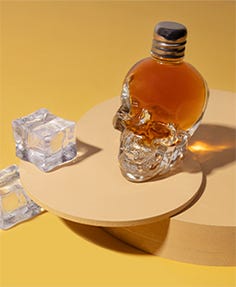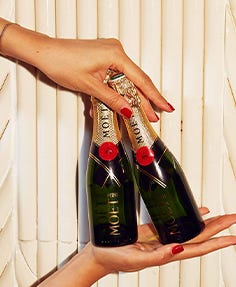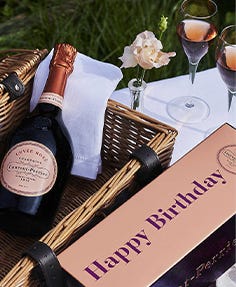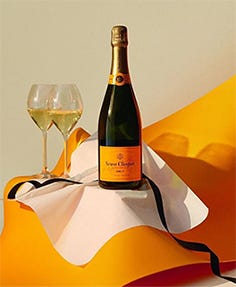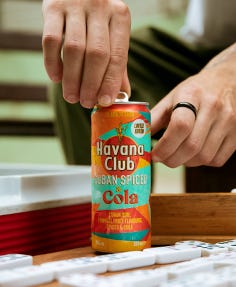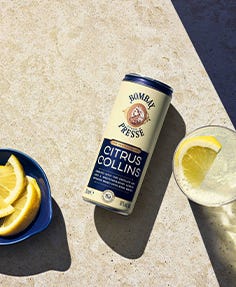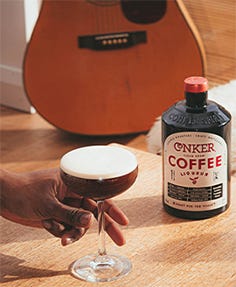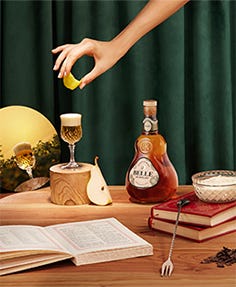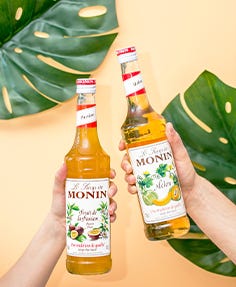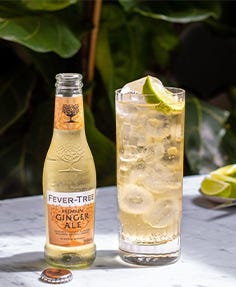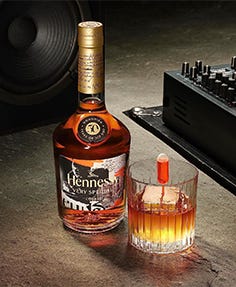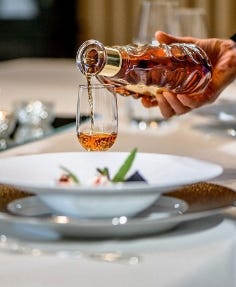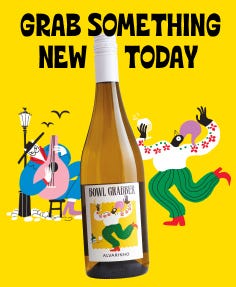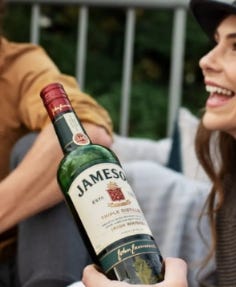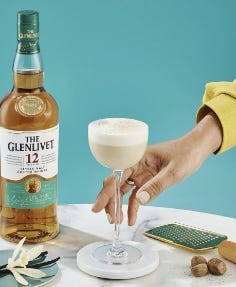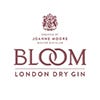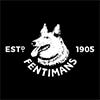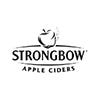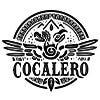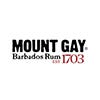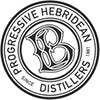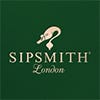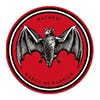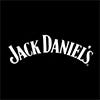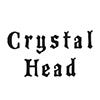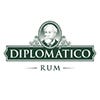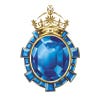Single Malt Whisky

Here, at Drinksupermarket, we have a vast range of Single Malt whiskies of all age statements, including famous names such as Macallan, Ardbeg, Lagavulin, Springbank and so many more.
Single Malt Scotch
Malt whisky is made exclusively from malted barley, in two (occasionally three) copper pot stills, by a batch process. "Single" malt whisky is the product of an individual distillery; "vatted" or "blended" malt (sometimes called "pure" malt) is a mix of makes from two or more distilleries. Malt whisky is the "original" whisky of Scotland. Although other grains were used, barley was grown specifically for making beer and whisky. However, with the success of blended whisky in the late 19th century, little was drunk as single malt outside the Highlands until the 1980s, when "the vintages of the North" were rediscovered by an enthusiastic public and began to be made available by distillery owners.
Currently, there are over 140 licensed malt whisky distilleries in Scotland, but sometimes distilleries go out of production for periods, in order to balance stock levels and there are new ones opening due to popularity. Single malts from a further 30-odd now closed distilleries may still be found.
Although made from very simple materials - malted barley, water, and yeast - the make of each distillery has an individual character, owing to a variety of factors, such as the length of fermentation time, the style and size of the stills, and how they are operated, the type of condensers used and amount of spirit saved (called "the cut").
By law, Scotch (both malt and grain whiskies) must be matured in oak casks in Scotland, and the casks themselves can make a significant contribution to the flavour of the finished product, according to a) how long the whisky has been left to mature, b) how often the individual cask has been used to mature Scotch and c) whether the cask is made from European oak or American oak. This makes it difficult to identify the mature products of individual distilleries.
Since at least the 1880s, blenders have identified different styles of whisky coming from different parts of Scotland. The original division, dating from the 1780s, was between "Lowland" whisky and "Highland" whisky. Then the whiskies made in Campbeltown and Islay were discerned to be different, and the whiskies of Speyside were added to the list. With the dramatic growth of interest in single malt whiskies since the 1980s, the "Highland" region has been subdivided into Northern, Western, Eastern, Southern, and Islands.
In truth, regional differences in the style and flavour of malt whiskies have more to do with tradition (how a malt is made in one place or another) than terroir, and although it is not possible to make a malt with identical character to another in a different distillery, it is possible to imitate a regional style out-with the region in question.
Speyside
Around two-thirds of the malt whiskies made in Scotland, today come from Speyside. From at least the 1820s, the whiskies made here have had a high reputation. Even before then, it was reported that there were over 200 illicit stills in the Glen of the Livet, at the heart of the district.
In those days Speyside was remote and difficult to access. This limited the number of commercial distilleries that could operate there successfully until a railway was built in 1867: once this happened it was possible to transport grain and coal in, and whisky out. Between 1886 and 1899, 23 distilleries were built here, almost all of them still in operation; since the Second World War, a further 10 have been built.
Distilling is centered around a handful of large villages or small towns in the northern part of Strathspey: Rothes (5 distilleries), Dufftown (7 distilleries), Aberlour and Craigellachie (6 distilleries), Keith (4 distilleries), Elgin district (10 distilleries) and Knockando (a parish, rather than a village, 5 distilleries).
The Speyside character is very popular among blenders. They tend to be sweet and yet sophisticated malts; if well-matured they introduce good complexity. Broadly, they fall into three styles: light, Estery, and fragrant; medium-bodied and fresh-fruity; big-bodied (often from European oak maturation) and rich as fruit cake.
Speyside Distilleries (only a selection!): (big bodied) The Macallan, Mortlach, Glenfarclas, Glen Rothes, Strathisla, Balvenie, Balmenach; (medium bodied) The Glenlivet, Cragganmore, Glen Elgin, Linkwood, Longmorn, Glen Moray; (light bodied) Glenfiddich, Cardhu, Glen Grant, Tamdhu.
Northern Highlands
The seven operating malt whisky distilleries north of Inverness are all coastal, except Glen Ord, which is a mere 3 km from the coast. This is not surprising: it was much easier to transport by sea than by land, until the arrival of the railway. Perhaps on account of this closeness to the sea, the northern malts can sometimes have a "maritime" character and even a slightly salty taste. They tend to be medium-bodied and complex in character, sometimes with a hint of scented smoke – this is particularly true of Clynelish and its sister distillery Brora, which closed in 1983, and of Old Pulteney and Balblair.
Of the remaining four, Glenmorangie is light and fragrant, Dalmore is heavy and oily (and as a result matures well in European oak); Glen Ord and Teaninich are medium-bodied. It is said that Ord is the "perfect example of the Highland style".
Western Highlands (Campbeltown)
Before the rise of Speyside, Campbeltown was the distilling capital of Scotland, home to 28 distilleries at its high point in the 1830s. Today there are three: Springbank (which also makes a smoky malt named Longrow and an un-peated whisky named Hazelburn), Glen Scotia, and Glengyle (opened in 2004).
Further north, in the town of the same name, is Oban Distillery, which produces a classic light-bodied maritime make, and further north again, in Fort William, stands Ben Nevis Distillery, in the shadow of Britain's highest mountain, once a major producer, now less well-known.
Eastern Highlands
This region embraces the old counties of Aberdeenshire and "Forfarshire". The northernmost stand on the edge of the Speyside region in rolling farmland: Macduff, Knockdhu, Glendronach, Ardmore, and Glen Garioch. Close to Balmoral Castle and surrounded by the mountains of Royal Deeside stands the small and attractive Royal Lochnagar Distillery. Further south, in the rich farmland of The Mearns, Fettercairn and Glencadam Distilleries are the only remaining survivors, although the makes of a further four (North Port, Glenury Royal, Glenesk, and Lochside) are still sometimes found.
Eastern malts tend to be medium- to full-bodied, smooth, and sweetish, but with the typically dry Highland finish. Apart from Ardmore and Glen Garioch, they have no smokiness.
Southern Highlands (Perthshire)
Most of the Perthshire distilleries were built along the fertile alluvial glens carved out by the River Tay and its tributaries, the Earn and the Tummel: Glenturret and Tulliebardine are in Strathearn; Aberfeldy, Blair Athol, and the tiny Edradour in Strathtay. To the north surrounded by the high moors of the Grampian Highlands is Dalwhinnie, and on the southern edge of the Highlands are Deanston, Glengoyne, and Loch Lomond Distilleries.
The flavour profile of these Southern Highland malts is similar to that of the Eastern Highlands.
Islands
This recent category embraces the malt whiskies made on the islands of Orkney (Highland Park and Scapa), Skye (Talisker), Mull (Tobermory), Jura (Isle of Jura), and Arran (Isle of Arran). Although there was a long tradition of making whisky in the Hebridean islands, few distilleries took out licenses: they didn"t need to for the islands were almost impossible to police.
All the island malts might be described as "maritime" in character, except the Isle of Arran, which is as sweet and fruity as a Speyside. Highland Park and Scapa and lightly smoky, Talisker and Ledaig (an expression made at Tobermory Distillery) distinctly so. Tobermory and Jura have no smoke.
Islay
The southernmost of the Western Isles was probably the cradle of distilling in Scotland. It was the heart of the medieval Kingdom of the Isles, a center of learning and the arts, and considerably more fertile than it is today.
Islay malts are famously smoky, although, in truth, this applies only to some of them certainly to the makes from the south part of the island, Ardbeg, Lagavulin, Laphroaig Bowmore, and Port Ellen (distillery closed since 1983), and to the northern distillery, Caol Ila, but not to the makes from Bunnahabhain and Bruichladdich, although the latter is now producing a heavily peat malt called Octomore and the medium-peated Port Charlotte. The tiny farm distillery at Kilchoman, which opened in late 2005, plans to produce a smoky malt.
Lowlands
Most Lowland towns of any size had a distillery, 150 years ago, although many of these made whisky from mixed grains as well as pure malted barley. Today there are only three operating distilleries in the Lowlands: Glenkinchie (near Edinburgh), Auchentoshan (near Glasgow), and Bladnoch at Wigtown on the Solway Firth. Four others, from closed distilleries, are sometimes found: Rosebank, St. Magdalene, Littlemill, and Inverleven.
The Lowland malts are generally light in body and aroma; fresh, grassy, and lemony, with a flavour that may begin sweet then rapidly becomes dry, with a very short finish. In other words, they make excellent aperitifs.
(All notes are credited to Charles Maclean, Whisky writer)




